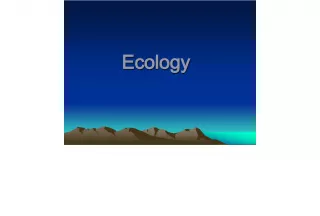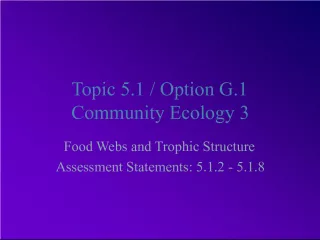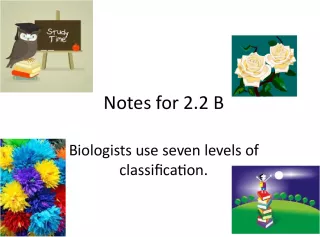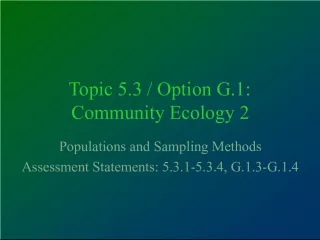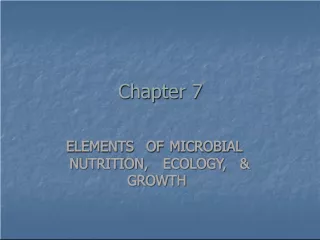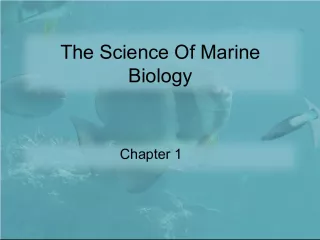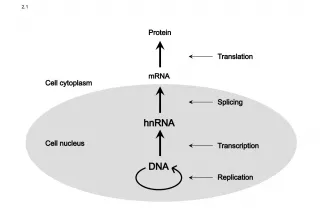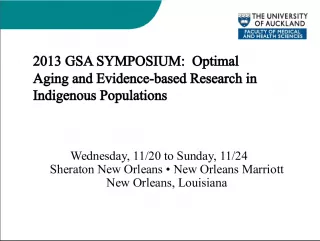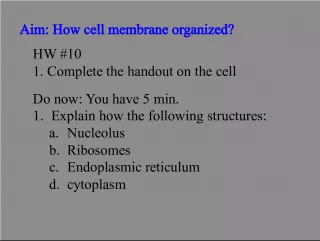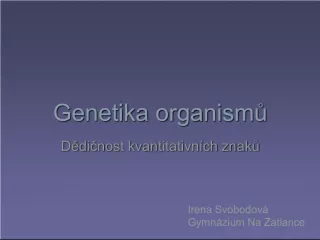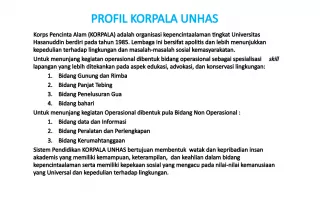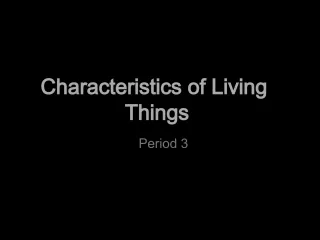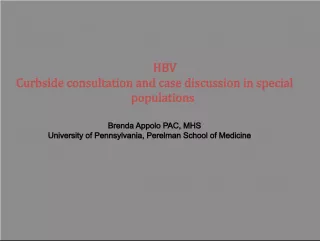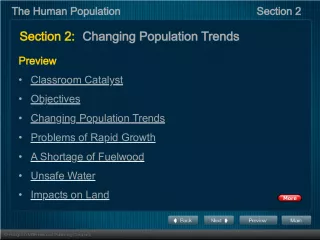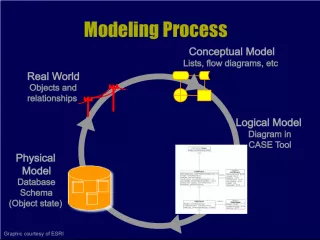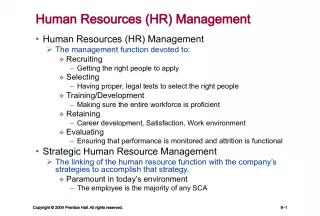Understanding Ecology: Levels of Organization, Organisms, and Populations


This article explores the fundamentals of ecology, including the levels of organization from individual organisms to the biosphere, types of organisms such as humans and deer, and characteristics of populations such as breeding and offspring production.
- Uploaded on | 0 Views
-
 dawn
dawn
About Understanding Ecology: Levels of Organization, Organisms, and Populations
PowerPoint presentation about 'Understanding Ecology: Levels of Organization, Organisms, and Populations'. This presentation describes the topic on This article explores the fundamentals of ecology, including the levels of organization from individual organisms to the biosphere, types of organisms such as humans and deer, and characteristics of populations such as breeding and offspring production.. The key topics included in this slideshow are . Download this presentation absolutely free.
Presentation Transcript
1. ECOLOGY The study of interactions of organisms and their environment
2. Levels of Organization • Individual Organisms (Species) • Populations • Communities • Ecosystems • Biosphere
3. Organisms/Species • A human ( Homo sapien ) • Deer • Piranaha • Worm • Bigfoot?
4. Populations • Same species living in same area • Species? -can breed and produce offspring that can have babies
5. Communities • Coral Reef • Cedar swamp • Vernal pool
6. Ecosystems • Tropical rainforest • Desert • Temperate deciduous forest (ours) • Ponds • Coral reef
7. Biosphere
8. Physical Conditions ABIOTIC - non-living • Sunlight • Water • Temperature • Soil • Wind • Disturbance BIOTIC - living things • Bacteria • Protists • Fungus • Plants • Animals
9. PRODUCER - an organism that makes its own food (autotroph) - becomes food for other organisms.
10. CONSUMER - organism that obtains food by eating others (producers or other consumers)
11. DECOMPOSER - organism that breaks down wastes and dead organisms
12. HERBIVORE - consumer that eats only producers.
13. OMNIVORE - consumer that eats both producers and consumers (plants, fungi, and meat)
14. CARNIVORE - consumer that eats only other consumers (exclusively meat-eaters)
15. FOOD CHAIN - pathway of food transfer from one trophic level to another.
16. FOOD WEB -pattern of feeding in an ecosystem consisting of interconnected and branching food chains
17. Energy Pyramid
18. Primary Succession • The development of brand new land – (volcano created new land)
19. Secondary Succession • A once established forest is destroyed and has to start growth over. For example a forest fire
20. Mutualism • Both species benefit
21. Commensalism • One species benefits the other gets nothing
22. Parasitism • One species harms another • Think parasite
23. Predation • Predator Prey – One eats the other
